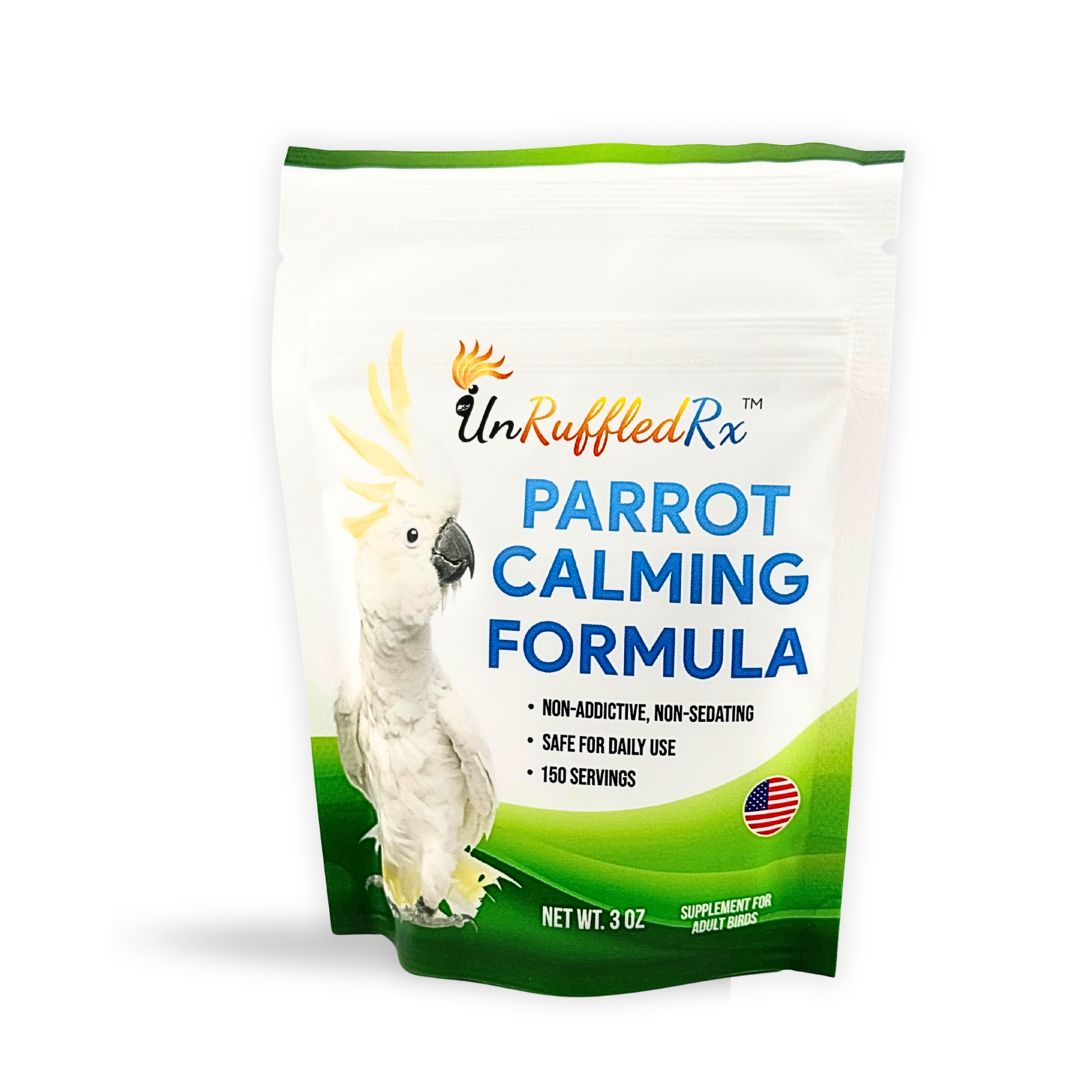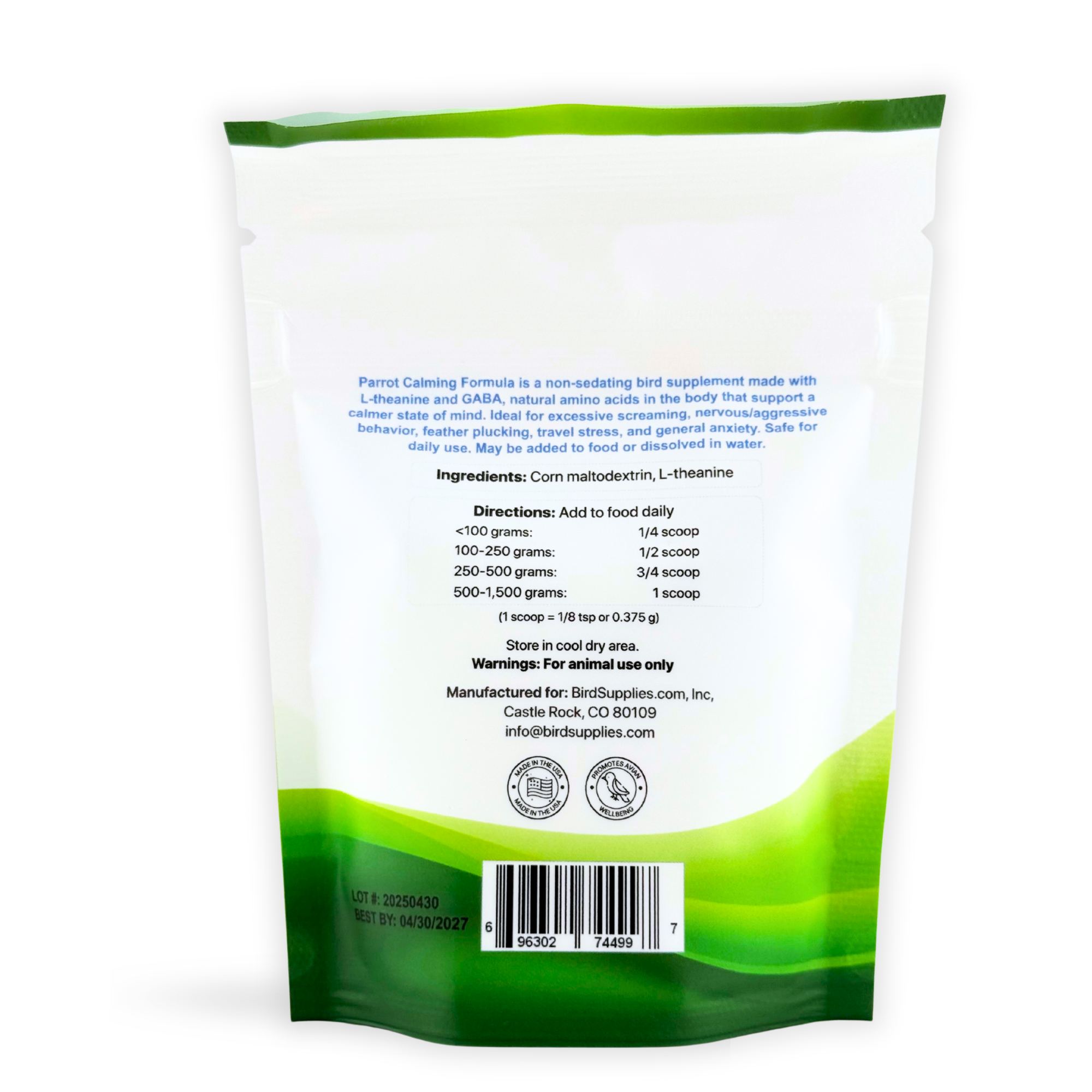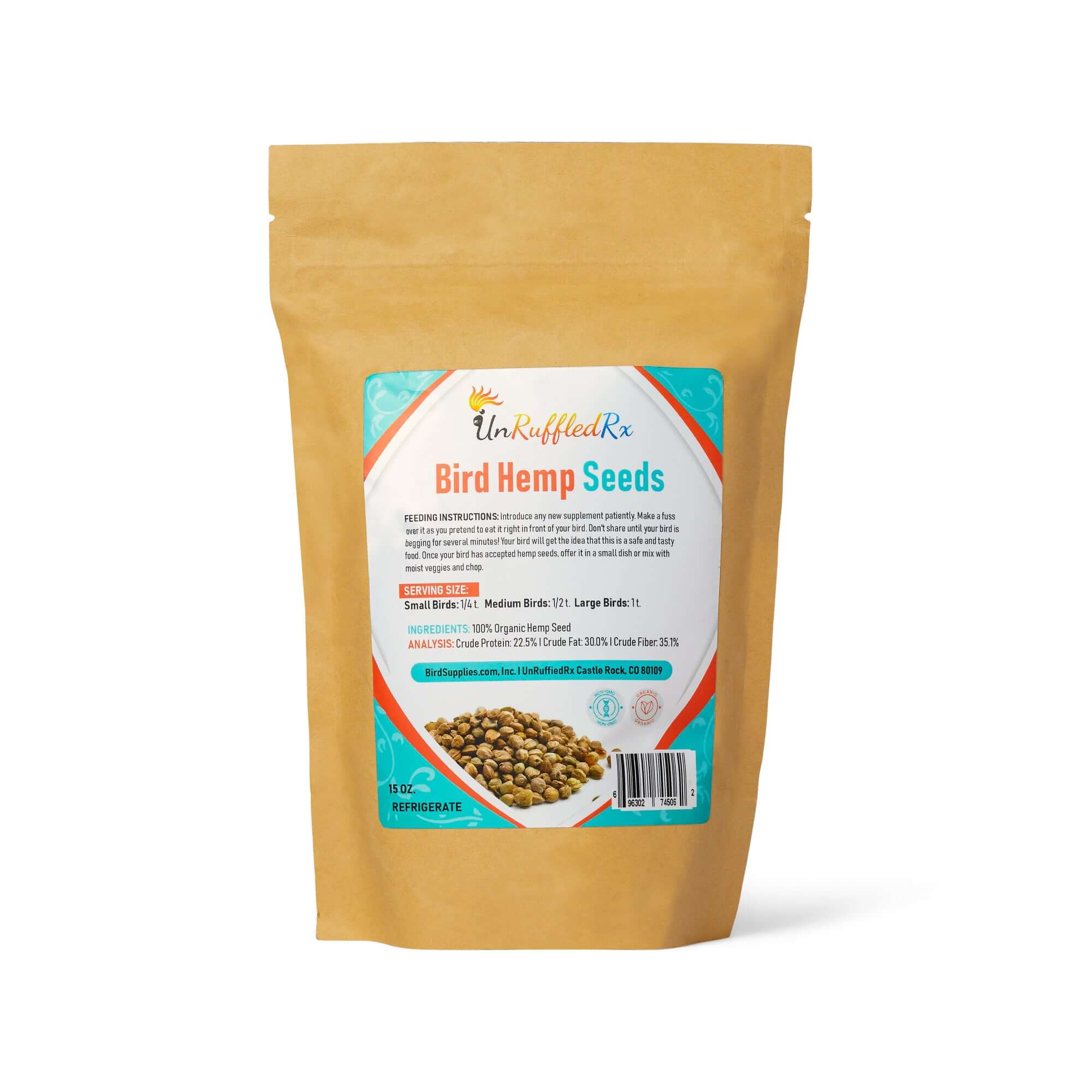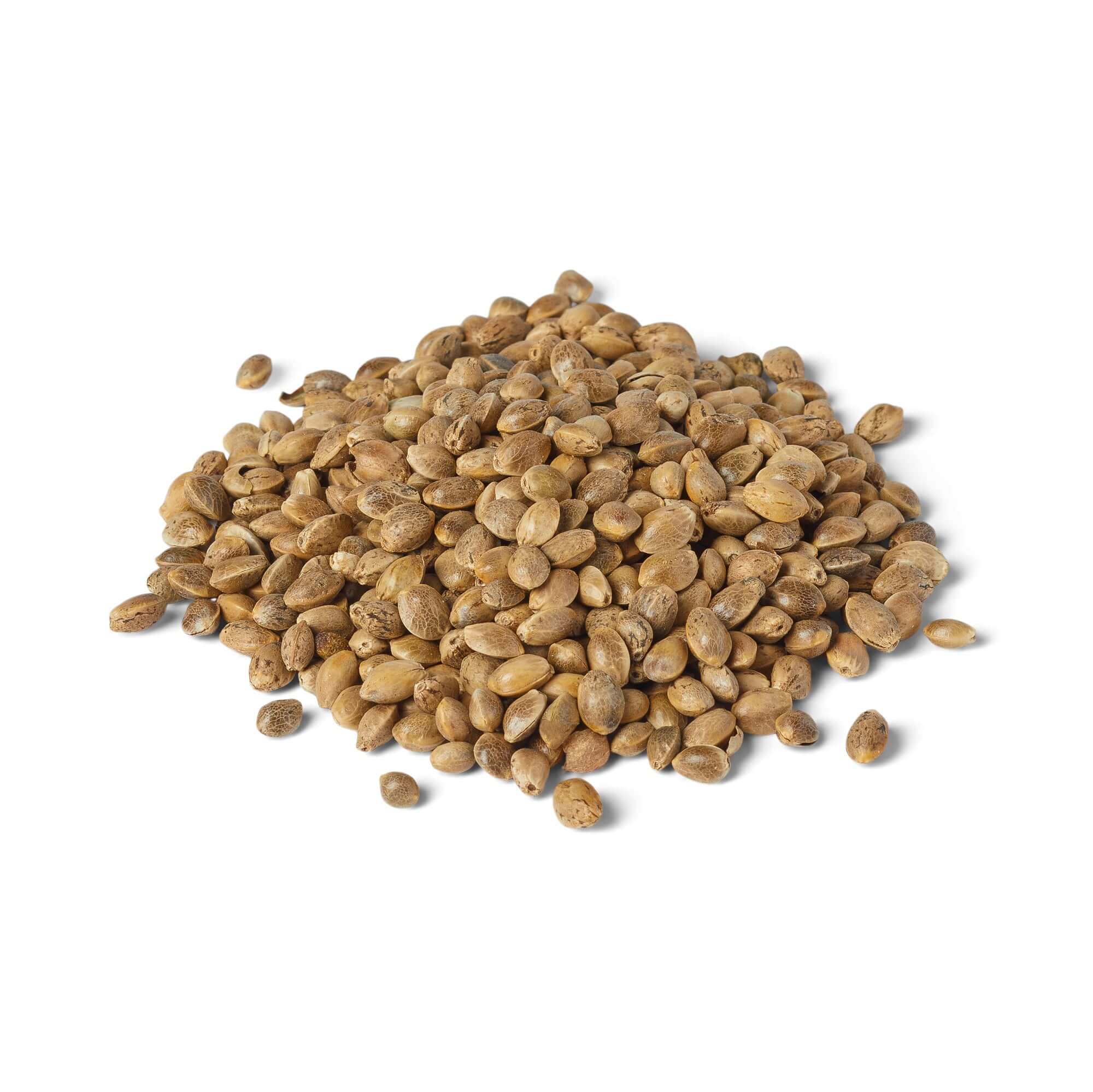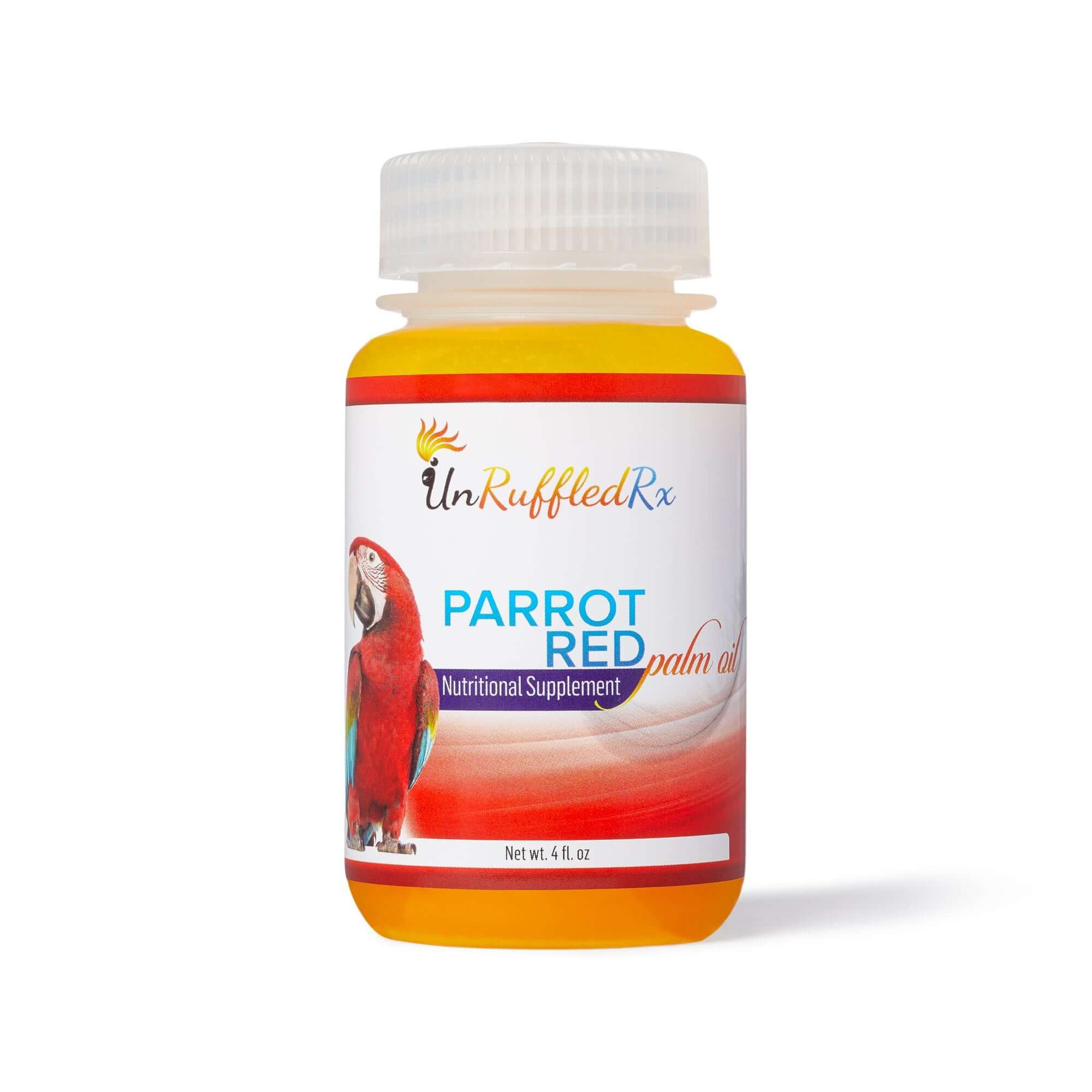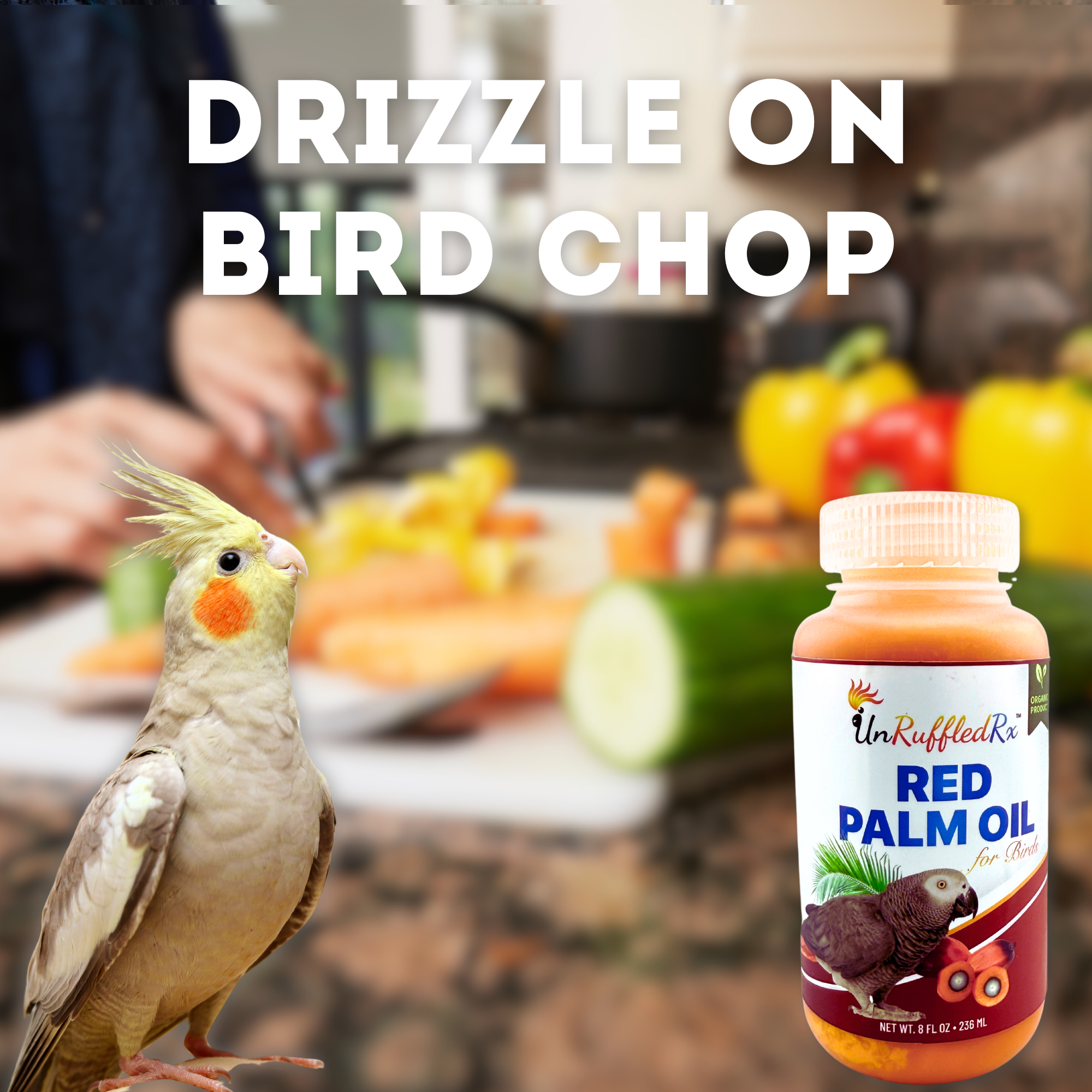Do Birds Feel Pain?
Research has shown that birds, like all animals, have the ability to feel pain. Scientists have found that birds have a nervous system similar to mammals, including the presence of pain receptors called nociceptors. This means that birds can experience pain just like humans and other animals.
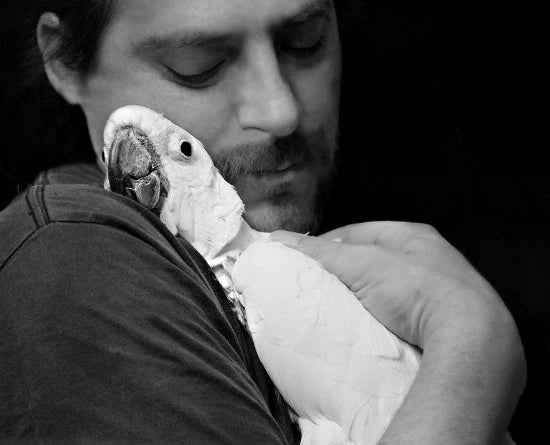
Birds have a natural instinct to hide their pain as a survival mechanism. In the wild, showing signs of weakness could make them easy targets for predators. Because of this, pet birds often mask their pain until it becomes severe, making it difficult for owners to notice something is wrong early on.
Some common symptoms of pain in birds include favoring a wing or foot, squinting eyes, or staying very still for long periods. A bird in pain might also stop eating or become unusually quiet. Paying close attention to these subtle changes can help you catch signs of pain early and get your bird the help it needs.
How To Tell If Your Bird Is In Pain
Birds are instinctively wired to hide their pain. This survival instinct makes it easy for bird owners to miss the subtle signs of discomfort or illness. I’ll never forget when, as a psychotherapist at a day treatment facility, a patient came to group one morning, deeply distressed because her Amazon parrot had died suddenly in the night. Sadly, we hear stories like this all too often on Facebook and other social media. It’s a heartbreaking reminder of how easily pain in birds can go unnoticed and why it’s so important to learn the signs.
To further help you recognize when your bird might be in pain, I’ve designed an infographic highlighting the 4 key signs to look for.

Additionally, my book, Pain Assessment for Birds, goes into greater detail on how to evaluate your bird’s health and provides tools to help you identify pain early. By learning these signs and understanding the causes, you can give your bird the care it needs to live a happier, healthier life.
Finally, while it’s a little grim to think about, knowing the top 10 killers for pet birds can help you plan your prevention strategy.
|
HOT TIP: Watch how your bird engages with its environment each day. Are they active, exploring, and interacting with their toys, or are they sitting quietly and uninterested? A bird that moves with ease and stays curious is a healthy bird. When you notice any changes in their usual routine, it’s your cue to step in and ensure they’re okay. |
What Health Conditions Cause Bird Pain?
Acute vs. Chronic Pain in Birds
Birds can experience both acute and chronic pain, and it's important to know the difference so you can respond appropriately.
Acute Pain
Acute pain comes on suddenly and is usually easy to spot. It’s often caused by accidents like a bird flying into a window, getting caught in a ceiling fan, or being attacked by another pet. These events are immediate and cause noticeable pain, which requires quick attention to prevent further harm.
Chronic Pain
Chronic pain, on the other hand, develops over time and is harder to recognize. It can come from long-term issues like a poor diet, feather plucking, or respiratory problems caused by bad air quality. The signs are often subtle, such as your bird being less active or showing changes in behavior, and it can be easy to miss. Because of its slower onset, chronic pain may go unnoticed until the condition becomes more serious.
This is why it’s important to stay alert to changes in your bird’s demeanor and study the 10 most common acute accidents. By taking action to "parrot-proof" your home, you can prevent many of these painful incidents before they happen.
Intrinsic vs. Extrinsic vs. Idiopathic Causes of Pain
Understanding the cause of your bird's pain can help you address it in a more effective way. Etiology is simply another way of saying "the cause" of something.
Intrinsic Etiology
Intrinsic causes are those that come from within the bird’s body. This includes genetic issues, diseases, or conditions related to aging, such as arthritis. These problems develop naturally and may be hard to prevent, but recognizing them early can help in managing your bird’s discomfort.
Extrinsic Etiology
Extrinsic causes come from the bird’s environment. Examples include a poor diet, exposure to toxins, or injuries from dangerous household items like electrical cords. These issues can often be prevented by making changes to the bird's surroundings and care routine.
Idiopathic Etiology
Sometimes, birds experience pain from an unknown cause. This is called idiopathic etiology. Even though we might not know what’s causing the pain, it’s important to treat the symptoms and seek professional help for bird pain relief.
While the cause of the pain doesn’t change the fact that your bird is hurting, understanding whether it's intrinsic, extrinsic, or idiopathic helps us address the root causes in a more holistic way. By doing so, you can provide better care and improve your bird’s overall health and happiness.
How To Offer Supportive Care and Bird Pain Relief
If you suspect your bird is in pain, the first and most important step is to schedule a wellness check with an avian or exotics vet. Birds hide their pain well, so it often takes a professional to detect subtle signs that something isn’t right.
A vet experienced with birds can perform a thorough examination, run any necessary tests, and recommend treatments based on your bird’s specific needs. Regular wellness checks can also catch potential health problems early, preventing more serious issues from developing down the line.
In addition to a vet visit, providing supportive care at home is crucial to help your bird recover. Setting up a comfortable environment will allow your bird to rest and heal more easily. Here are some supportive care tips:
-
Place your bird in a hospital cage to limit movement and promote rest
- Keep your bird warm with a heating pad or lamp, as birds in pain often need extra warmth.
-
Monitor your bird’s weight daily to ensure they’re maintaining a healthy diet.
- Provide easily accessible food and water that takes little effort to get to.
- Keep a close eye on their water intake to prevent dehydration.
- Protect your bird from causing itself further injury with a bird collar
Common Nutraceutical Bird Pain Relief
Nutraceuticals are food products that go beyond basic nutrition and can support certain ailments, like pain. They are used to support health, protect against ongoing illnesses, and may help slow aging. They are taken to boost well-being, prevent diseases, live longer, and maintain normal body functions.
Disclaimer: I am not a veterinarian. Always consult with an avian vet before starting any pain management plan for your bird. Only a qualified vet can provide the proper diagnosis and safe treatment options for your bird’s specific needs.
Here is a list of common nutraceutical ingredients often found in bird-safe tinctures and chop toppers that may help support pain relief in birds.
Avoid making your own "mixtures." Instead, focus on reading labels of bird-safe nutraceutical formulations from trusted companies that collaborate with avian nutritionists. The doses are so small that professional-grade scales are needed to measure them accurately, and they must be carefully formulated and diluted to ensure safety for your bird. Professionally prepared products ensure your bird receives the correct dosage without risking harm.
| Herb / Spice | Pain Support | Anti-inflammatory | Antioxidants |
|---|---|---|---|
| Arnica Monto | Excellent | Yes | No |
| Aconitum Napellus | Mild | Yes | No |
| Calendula Officinalis | Moderate | Yes | Yes |
| Cayenne Pepper | Moderate | Yes | Yes |
| Ceylon Cinnamon | Mild | Yes | Yes |
| Corn Silk Extract | Mild | No | Yes |
| Devil's Claw Root Extract | Excellent | Yes | Yes |
| Fenugreek Seed Extract | Moderate | Yes | Yes |
| Ginger | Moderate | Yes | Yes |
| Hamamelis Virginiana | Moderate | Yes | No |
| Hemp Seed | Excellent | Yes | Yes |
| Hypericum Perforatum | Mild | Yes | Yes |
| Lathyrus Sativus | Moderate | Yes | No |
| Moringa Leaf | Moderate | Yes | Yes |
| Organic Alfalfa Leaf Extract | Moderate | Yes | Yes |
| Organic Black Walnut Hulls Extract | Mild | No | Yes |
| Organic Yucca Root Extract | Moderate | Yes | No |
| Pau d'Arco | Moderate | Yes | Yes |
| Rose Hips | Moderate | Yes | Yes |
| Rhus Toxicodendron | Mild | Yes | No |
| Shavegrass Stem (Horsetail) Extract | Moderate | Yes | Yes |
| Stinging Nettle Leaf Extract | Moderate | Yes | Yes |
| Turmeric | Excellent | Yes | Yes |
Prescription Bird Pain Relief
When your bird is in serious pain, a vet may prescribe medications to help. One option is gabapentin, which can help ease nerve pain. Another is tramadol, which is used for stronger pain relief in more severe cases.
In addition, vets might prescribe gabapentin, meloxicam or celecoxib for pain and inflammation. These medications can help reduce discomfort, especially if your bird is dealing with ongoing issues like arthritis or injury.
It’s important to remember that all of these medications are approved for use under a vet’s supervision. Always follow your vet’s instructions to make sure your bird is getting the safest and best care possible.
In times of sickness or end-of-life care, the most important thing you can provide your beloved bird is love and comfort. Remember that birds can hide their illnesses well, so keeping them stress-free, warm, and well-nourished can go a long way. Your unwavering care and the expertise of a veterinarian will help your feathered friend during their time of need.
What Are The Signs That Your Bird Is Dying?
As devoted pet owners, we understand the deep bond we share with our feathered friends, and it can be a heart-wrenching experience to witness them in distress.
When birds are unwell or in pain, they can't tell us directly like humans can. In the wild, birds are experts at hiding signs of illness or injury to avoid predators. This instinct to conceal weakness can make it difficult to notice when they need help.
To recognize when your bird might be in distress, watch for these subtle signs. If you notice any of the following, contact your vet immediately:
-
Extreme Weakness: A bird nearing the end of its life may show extreme tiredness or weakness. You might find them sitting at the bottom of the cage, unable to perch, or struggling to stand.
-
Lack of Appetite: If your bird stops eating or drinking, this is a serious red flag. You may also notice weight loss or a decrease in body mass.
-
Respiratory Distress: Signs of respiratory distress include labored breathing, open-mouth breathing, or tail-bobbing while they breathe. NOTE: Always seek immediate veterinary support to address respiratory problems because respiratory problems are a medical emergency.
-
Abnormal Droppings: Changes in droppings, such as diarrhea or a lack of droppings, can signal severe health problems.
-
Fluffed-Up Feathers: Birds often puff up their feathers to conserve heat when sick. If your bird stays fluffed up for long periods, it could be a sign of illness.
- Decreased Responsiveness: Your bird may become less responsive to their surroundings or human interaction. They might also lose coordination or struggle with balance.
In tough moments like these, it’s important to stay calm so you can make the best decisions for your bird’s care. Birds are experts at hiding when they’re sick, so catching the signs early and getting help from a vet is key. The special bond you have with your bird means being there when they need you most, offering comfort, and making sure they get the best care possible during these hard times.
Can I Give My Bird Tylenol or Aspirin?
Lots of people think that the best way to comfort their pet is to give them over-the-counter, human painkillers. This can be really dangerous and it can actually kill your bird.

Never give your bird Tylenol, aspirin, baby aspirin, or any pain medication without first talking to your avian vet.
There are many human, dog, and cat medications that are not safe for birds. Also, be aware that most over-the-counter products, including antibiotics, bird respiratory supplements, and diarrhea cures, are not FDA approved for use in birds and are made according to unspecified quality standards.
Worried about the cost of taking your bird to the vet? We get it—budgets are real. But here’s the deal: a proper check-up and prescription for pain relief usually runs between $100–$300. Sure, diagnostics can add to that, but they also help your vet create the right treatment plan, with the right dose. On the flip side, trying to treat your bird with human meds (even with good intentions) can backfire—fast. It’s not uncommon for that kind of mistake to end up costing thousands in emergency care.
Don’t let your pet suffer unnecessarily. Your pet bird masks its pain more than any other pet, so if it shows any of the signs of pain listed above, there's a good chance it is in severe pain. Learn more about bird pain relief here.
Test Your Knowledge!
Quiz: Test Your Knowledge on Bird Illness Signs & Pain Relief
Related Posts:
Stabilizing your sick bird and when to see a vet
8 ways to tell if your bird is sick
References:
Jenkins, D. (2011, March 19). Pain and the Avian Patient. Dr. Exotic. https://www.drexotic.com/pain-and-the-avian-patient/
Lender, S. (n.d.). Toss in Some Turmeric. O, The Oprah Magazine. http://www.omagdigital.com/article/Toss+in+Some+Turmeric/2457141/0/article.html
Lightfoot, T. L. (2020, January). Lung and Airway Disorders of Pet Birds. Merck Veterinary Manual.
Diane Burroughs, LCSW is a licensed psychotherapist trained in ABA therapy techniques. She specializes in avian anxiety disorders and is certified in Nutrition For Mental Health. Diane has written a number of bird behavior books and she offers behavior consultations. She's developed a range of UnRuffledRx Science-backed Parrot Wellness Supplies.
Diane's products have been featured in the Journal of Avian Medicine and Surgery and at Exoticscon, a conference for exotic pet veterinarians. Her bird collars & supplements are stocked in avian vet clinics and bird stores throughout the US. With over 30 years in the field of behavior, Diane has created thousands of successful individualized behavior plans that help pets thrive.
TAGS: #BirdPainRelief #BirdPain
SHARING IS CARING! PLEASE SHARE ON YOUR FAVORITE SOCIAL MEDIA NOW!








